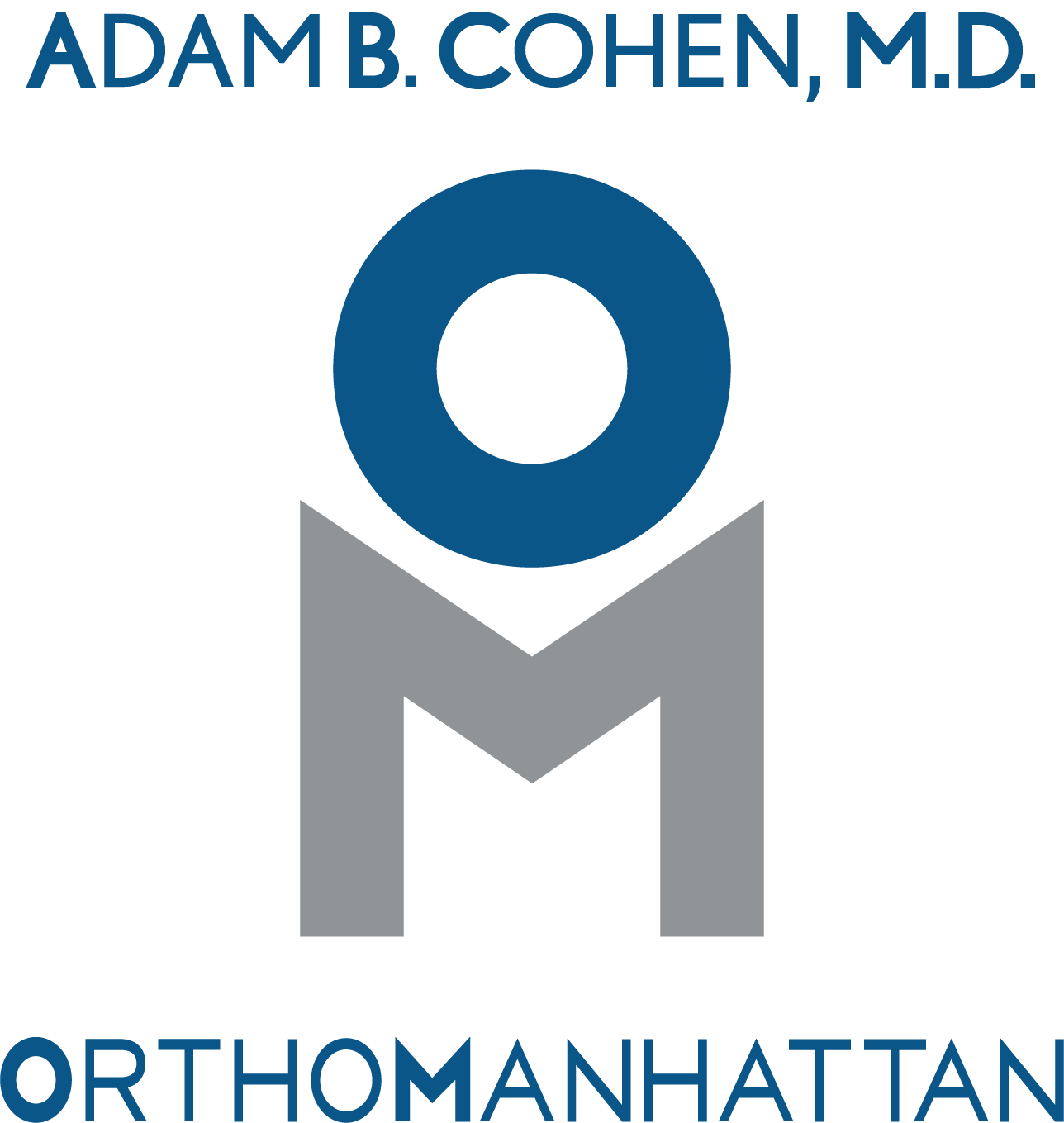Home > Shoulder > Rotator Cuff > Superior Capsular Reconstruction
Overview
Superior capsular reconstruction (SCR) is an arthroscopic procedure designed to address chronic irreparable rotator cuff tears.
The rotator cuff consists of four tendons - the supraspinatus, infraspinatus, teres minor, and subscapularis. The rotator cuff provides stability to the joint by compressing the ball (humeral head) into the socket (glenoid) and provides strength for the upper extremity.
The rotator cuff, when torn, is a source of pain and weakness which can impact daily activities and disrupt sleep. If the rotator cuff tear is very large and chronic, the muscles of the cuff tendons can irreversibly atrophy and standard repair techniques are no longer a viable option.
The two option available in this situation include a superior capsular reconstruction and reverse total shoulder arthroplasty.
A superior capsular reconstruction involves replacing the torn rotator cuff with an implantable graft that can mimic the rotator cuff.
Frequently Asked Questions About Superior Capsular Reconstruction
What is the postoperative plan following superior capsular reconstruction?
The postoperative plan for SCR is similar to rotator cuff repair. You will be provided with a sling to protect the repaired graft. Specific instruction on sling use will be provided by your doctor. Most circumstances allow you to take off the sling for gentle exercises, dressing and showering. You will need to wear your sling while sleeping. The sling will be worn for 4-6 weeks depending on surgeon preference.
At your postoperative visits, your surgeon will discuss with you the recovery plan, which often requires physical therapy. Physical therapy can last anywhere between 3-6 months, but each person’s situation is unique.


